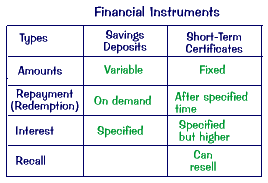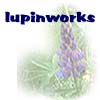|
General statement / elaboration is the most commonly used pattern
in exposition. Usually it offers a generalization followed by
supporting details. Occasionally details are offered and their
relationship made explicit afterward.
Example #1:
Cave Paintings
...But what were the pictures for, then? They must have been
a kind of hunting magic, because some of the animals have
spears sticking into them. The cavemen must have thought that
if they made a painting that looked convincingly real and
then "killed" it, they were doing something almost
like killing the animal itself. Perhaps they threw stones
at it, too, and jabbed it with real spears. This would have
made them feel stronger and surer so that when they finally
went out to hunt their prey, They had a better chance of success
because they were no longer afraid.
|
Example #2:
Financial Instruments
In recent years banks have been adding to their
supply of funds by selling many different kinds of financial
"instruments" to investors. Sometimes these have
been short-term certificates for fixed amounts, which are
repaid after a certain number of months at a specified rate
of interest, usually somewhat higher than the rate paid on
ordinary savings deposits. These certificates are also different
from savings deposits in that the investor cannot get his
money back from the bank on demand until the certificate "matures."
He can sometimes sell the certificate to another investor
if he wants cash, but then, of course, he will only get what
the buyer is willing to pay, and not necessarily the amount
which he himself paid for the certificate in the first place.
In that respect such certificates are more like shares than
deposits, but they are not shares, because they do not entitle
the holder to any voice in the bank’s management.
Signpost Words: sometimes, also, in
that respect
Diagram:

|

